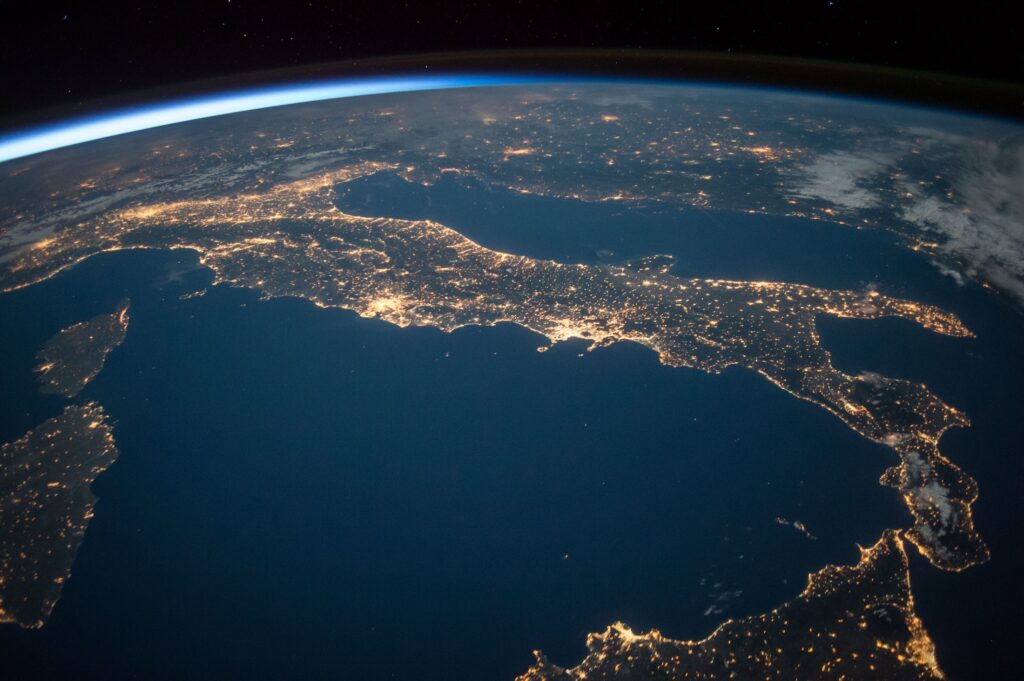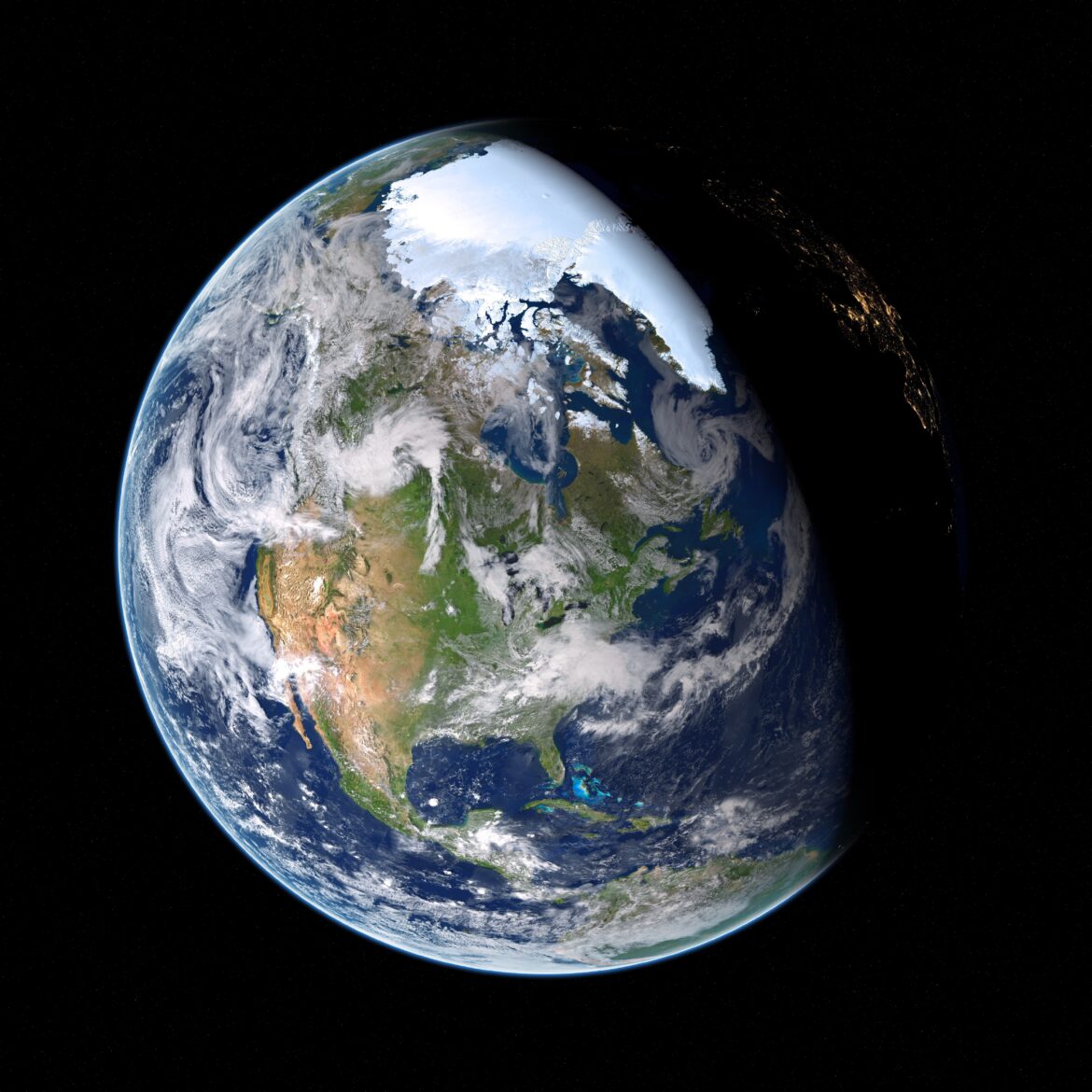Ross Mitchell, a geophysicist, has just published a new book titled “The Next Supercontinent” in which he discusses both the distant past and what the Earth might look like when all of its continents combine into a single massive landmass.
A quick history
Mitchell takes us on a historical tour of how the continents came together to form supercontinents in the distant past. Around 300 to 200 million years ago, Pangaea—a lush, dinosaur-filled planet centered on modern-day Africa—began.
As we move further back, we come across Rodinia, a barren landmass that covered a large portion of what is now North America and Greenland, a billion years ago. Then, as some scientists assume, there was Columbia, the first supercontinent centered on Siberia.
Knowing the motion of continents

Investigating carefully is necessary to comprehend the movements of the continents. By collecting samples in the outdoors, researchers can determine the rock’s age and the latitude at which it developed.
The behavior of the “solid but pliable” mantle is related to the formation and dissolution of supercontinents. The mantle, which lies between the crust and the core of the planet, serves as a heat reservoir.
According to the book, when the mantle’s temperature rises, continents shift. The continents migrate to the region of the mantle that is relatively cooler than other regions. That is how continents collide, bringing about the creation of a new supercontinent.
The mantle beneath that enormous continent eventually begins to split apart as heat builds up, resulting in the formation of new oceans and beginning a new cycle.
The following supercontinent: Amasia?
Mitchell predicts that “Amasia” will be the next supercontinent based on his knowledge of the past and his grasp of mantle dynamics.
Mitchell contends that Amasia will arise through the loss of the Arctic Ocean, in contrast to some ideas that indicate it might form from the shutting of the Pacific or Atlantic oceans.
He predicted that when North America and Asia join, Amasia will result.
However, none of us will live long enough to discover whether Mitchell’s prophecies about Amasia are true. It will be something that future generations will learn about.



